Home>Articles>Where Should You Place A Carbon Monoxide Detector
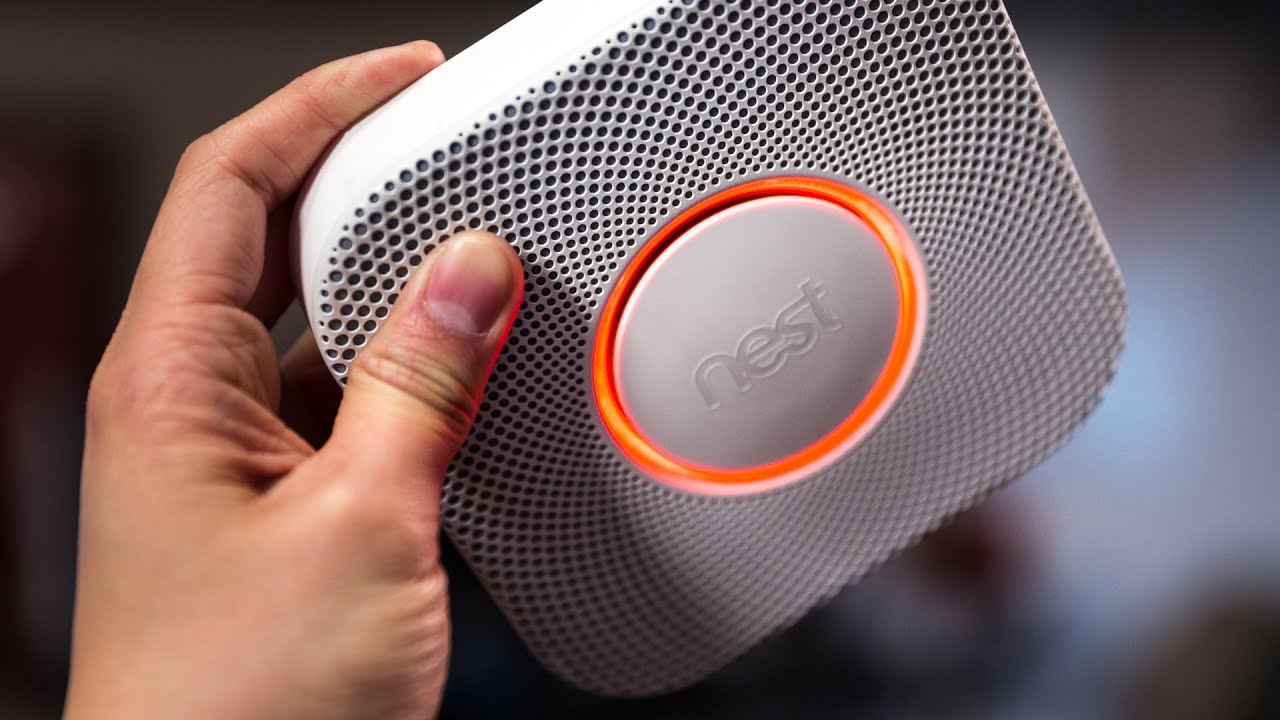

Articles
Where Should You Place A Carbon Monoxide Detector
Modified: January 5, 2024
Discover the importance of placing carbon monoxide detectors in your home. Read our informative articles to learn where to install these life-saving devices.
(Many of the links in this article redirect to a specific reviewed product. Your purchase of these products through affiliate links helps to generate commission for Storables.com, at no extra cost. Learn more)
Introduction
Welcome to our comprehensive guide on carbon monoxide detectors and their optimal placement in your home. Carbon monoxide (CO) is an odorless and colorless gas that is highly toxic and can be deadly if inhaled in high concentrations. It is produced by the incomplete combustion of fuels such as gas, oil, coal, and wood, commonly found in our homes.
Given its invisible nature, carbon monoxide poses a serious threat as it can go undetected until it’s too late. This is why having a carbon monoxide detector is crucial to the safety of you and your family. A carbon monoxide detector is designed to alert you when it detects dangerously high levels of carbon monoxide in the air, allowing you to take immediate action and prevent a potential tragedy.
In this article, we will delve deeper into the importance of carbon monoxide detectors and provide expert advice on where to place them for optimal effectiveness. By understanding the risks and following these recommendations, you can ensure the safety of your loved ones and gain peace of mind.
Key Takeaways:
- Proper placement of carbon monoxide detectors near sleeping areas, fuel-burning appliances, and on every level of the home is crucial for early detection and effective monitoring, providing essential protection against this silent threat.
- Avoid common mistakes such as inadequate detector placement, ignoring specific risks, and neglecting maintenance to ensure optimal performance and maximum safety against the dangers of carbon monoxide.
Understanding Carbon Monoxide
Before we discuss the placement of carbon monoxide detectors, let’s take a moment to understand the nature of carbon monoxide itself. Carbon monoxide is a gas that is produced when fuels are burned incompletely. It is often referred to as the “silent killer” because it is odorless, colorless, and tasteless, making it virtually undetectable without the use of specialized equipment.
When carbon monoxide is inhaled, it enters the bloodstream and binds with hemoglobin, the part of red blood cells responsible for carrying oxygen. This prevents oxygen from reaching vital organs and tissues, leading to oxygen deprivation and potential organ damage or failure. Even low levels of exposure to carbon monoxide can cause symptoms such as headaches, dizziness, and nausea, while high levels can be fatal.
Common sources of carbon monoxide in our homes include furnaces, water heaters, fireplaces, gas stoves, and vehicles left running in attached garages. It is important to note that carbon monoxide can build up in enclosed or poorly ventilated spaces, making it essential to have carbon monoxide detectors in your living areas.
Now that we have a basic understanding of carbon monoxide and its dangers, let’s move on to discussing the importance of carbon monoxide detectors in keeping you and your family safe.
Importance of Carbon Monoxide Detectors
Carbon monoxide detectors are crucial devices that can save lives by alerting you to the presence of carbon monoxide in your home. Here are some key reasons why carbon monoxide detectors are so important:
- Early Detection: Carbon monoxide detectors are designed to detect the presence of carbon monoxide in the air, even at low levels. This early detection allows you to take immediate action, such as ventilating your home or evacuating, to prevent further exposure.
- 24/7 Monitoring: Carbon monoxide detectors work around the clock to continuously monitor the air for the presence of carbon monoxide. This ensures that you and your family are protected at all times, even while you sleep.
- Peace of Mind: Having carbon monoxide detectors installed in your home provides peace of mind, knowing that you have an extra layer of protection against a potentially life-threatening gas. It allows you to go about your daily activities without constantly worrying about carbon monoxide exposure.
- Compliance with Building Codes: Many building codes now require the installation of carbon monoxide detectors in residential properties. By having carbon monoxide detectors in your home, you not only protect yourself and your family but also ensure compliance with local regulations.
- Family Safety: One of the most important reasons for having carbon monoxide detectors is to safeguard the well-being of your family. From infants to the elderly, everyone in your household is vulnerable to the dangers of carbon monoxide. Detectors provide an early warning that gives you valuable time to evacuate and seek medical attention if needed.
It is important to note that carbon monoxide detectors should not be seen as a substitute for regular maintenance and inspection of fuel-burning appliances. Routine maintenance, such as checking vents and chimneys for blockages and ensuring proper ventilation, is essential to prevent the buildup of carbon monoxide in your home.
Now that we understand the importance of carbon monoxide detectors, let’s move on to the next crucial topic – where to place these detectors in your home for maximum effectiveness.
Where to Place Carbon Monoxide Detectors
Proper placement of carbon monoxide detectors is essential to ensure early detection and effective monitoring of carbon monoxide levels in your home. Here are some important guidelines to follow when determining the best locations to install carbon monoxide detectors:
- Near Sleeping Areas: It is crucial to have a carbon monoxide detector installed near each sleeping area in your home. Since carbon monoxide can have a sedative effect, it is important to have a detector that can wake you up in case there is a leak during the night.
- On Every Level of the Home: To provide comprehensive coverage, it is recommended to have at least one carbon monoxide detector on every level of your home. This includes the basement and any other separate dwelling units you may have, such as a guest house or mother-in-law suite.
- Near Fuel-Burning Appliances: Install carbon monoxide detectors in close proximity to any fuel-burning appliances in your home, such as furnaces, water heaters, and fireplaces. This will helps to detect any potential leaks or malfunctioning appliances that may be emitting carbon monoxide.
- In Hallways: Placing carbon monoxide detectors in hallways is a good practice, as these areas generally have good air circulation throughout the home. This ensures that the gas can be detected and monitored effectively.
- Avoid Obstructions: Make sure to install the detectors in areas where they will not be obstructed by furniture, curtains, or other objects. Obstructions can hinder the circulation of air and prevent accurate detection of carbon monoxide.
- Follow Manufacturer’s Guidelines: Always refer to the manufacturer’s instructions for specific recommendations on placement and installation of carbon monoxide detectors. Each model may have slight variations in requirements, so it is important to follow the guidelines provided by the manufacturer.
By following these general guidelines, you can ensure that your home is adequately protected against the dangers of carbon monoxide. However, it is important to note that every home is unique, and you may need to consider additional factors, such as the layout of your home and any specific risks or sources of carbon monoxide, when determining the best placement for your detectors.
Now, let’s explore some specific recommendations for placement locations to further assist you in ensuring the effectiveness of your carbon monoxide detectors.
Place a carbon monoxide detector on every level of your home, including the basement and near sleeping areas. Make sure to follow manufacturer’s instructions for installation and maintenance.
Specific Recommendations for Placement Locations
While the general guidelines mentioned earlier provide a good starting point, there are several specific locations within your home that are highly recommended for the placement of carbon monoxide detectors. Consider the following recommendations:
- Bedrooms: Install a carbon monoxide detector in each bedroom or at least in close proximity. Since we spend a significant amount of time sleeping, it is crucial to have immediate detection near these areas to ensure you wake up in the event of a carbon monoxide leak.
- Kitchen: Place a carbon monoxide detector near the kitchen, but avoid positioning it too close to cooking appliances to prevent false alarms triggered by normal kitchen activities. Ideally, it should be at least 10 feet away from any fuel-burning stoves or ovens.
- Living Areas: Install carbon monoxide detectors in living rooms, family rooms, and entertainment areas where you and your family spend a considerable amount of time. These areas often have fuel-burning appliances and are central hubs in your home.
- Near Attached Garages: If you have an attached garage, it is important to place a carbon monoxide detector near the entrance between the garage and the main living area of your home. This helps to quickly detect any carbon monoxide that might enter the living space from vehicles or other sources in the garage.
- Basements and Crawl Spaces: If your home has a basement or crawl space, it is essential to have a carbon monoxide detector installed in these areas. These spaces are often the location of fuel-burning appliances and can trap carbon monoxide if not properly ventilated.
- Utility Rooms: Place a carbon monoxide detector in utility rooms where fuel-burning appliances, such as furnaces and water heaters, are housed. This helps to detect any potential leaks or malfunctions in these appliances.
Remember to consider the specific layout and features of your home when determining the placement locations for carbon monoxide detectors. It is also a good practice to install interconnected detectors that can communicate with one another, so if one detector is triggered, all detectors in the home will sound an alarm. This provides additional protection and ensures you are alerted regardless of your location in the house.
While these recommendations provide a solid foundation for placing carbon monoxide detectors, it is always best to refer to the manufacturer’s instructions and guidelines specific to your detector model for the most accurate and optimized placement locations.
Now, let’s address some common mistakes to avoid when it comes to carbon monoxide detector placement.
Common Mistakes to Avoid
When it comes to the placement of carbon monoxide detectors, there can be some common mistakes that homeowners inadvertently make. Avoiding these mistakes ensures the optimal performance and effectiveness of your carbon monoxide detectors. Here are some common mistakes to avoid:
- Placing Detectors in Inadequate Locations: One of the most common mistakes is placing carbon monoxide detectors in incorrect or less effective locations. Avoid placing detectors in areas with poor air circulation, such as inside closets or behind furniture, as this can hinder the detection of carbon monoxide.
- Installing Detectors too Close to Fuel-Burning Appliances: While it is important to have detectors near fuel-burning appliances, it is equally important to avoid placing them too close. Proximity to these appliances can lead to false alarms due to normal combustion processes. Follow the manufacturer’s guidelines or maintain a distance of at least 10 feet from these appliances.
- Ignoring Specific Risks: Each home may have unique risks or sources of carbon monoxide that should be taken into consideration. Examples include homes with wood-burning stoves, multiple fireplaces, or nearby heavy traffic areas. Ignoring these specific risks can compromise the effectiveness of your detectors.
- Not Installing Enough Detectors: Having only one carbon monoxide detector in your home may not provide adequate coverage. To ensure maximum safety, install detectors on each level of your home, in every sleeping area, and in close proximity to fuel-burning appliances.
- Not Testing and Maintaining Detectors: Neglecting to test and maintain your carbon monoxide detectors can significantly impact their performance. Regularly test the detectors to ensure they are functioning properly and replace batteries according to the manufacturer’s recommendations.
- Not Having Backup Power: Carbon monoxide leaks can occur during power outages, especially if they are caused by severe weather conditions. Consider installing detectors with backup power sources, such as battery backups or hardwired detectors with battery backup features.
By avoiding these common mistakes and following the recommended guidelines for placement and maintenance, you can ensure that your carbon monoxide detectors are operating at their best and providing you with the highest level of protection against this silent threat.
Now, let’s summarize the key points discussed in this article.
Summary and Conclusion
In conclusion, carbon monoxide detectors are an essential safety measure to protect yourself and your family from the dangers of carbon monoxide. Understanding the nature of carbon monoxide and its potential risks is the first step in ensuring your home is adequately protected.
We have discussed the importance of carbon monoxide detectors and why they are crucial for early detection and continuous monitoring of carbon monoxide levels in your home. These devices provide peace of mind and can be lifesaving in the event of a carbon monoxide leak.
When it comes to placing carbon monoxide detectors, it is essential to follow specific recommendations. Install detectors near sleeping areas, on every level of your home, and in close proximity to fuel-burning appliances. Additionally, avoid common mistakes such as placing detectors in inadequate locations or too close to appliances, and ensure regular testing and maintenance of your detectors.
By taking these precautions and being mindful of the specific layout and features of your home, you can ensure optimal placement of carbon monoxide detectors and maximize their effectiveness.
Remember, carbon monoxide is a silent and potentially deadly gas that can go undetected without the use of specialized equipment. By investing in carbon monoxide detectors and following the guidelines provided in this article, you can protect yourself, your loved ones, and your home from this invisible threat.
Stay safe, stay vigilant, and prioritize the installation of carbon monoxide detectors in your home. Your safety and well-being are worth the effort.
Frequently Asked Questions about Where Should You Place A Carbon Monoxide Detector
Was this page helpful?
At Storables.com, we guarantee accurate and reliable information. Our content, validated by Expert Board Contributors, is crafted following stringent Editorial Policies. We're committed to providing you with well-researched, expert-backed insights for all your informational needs.
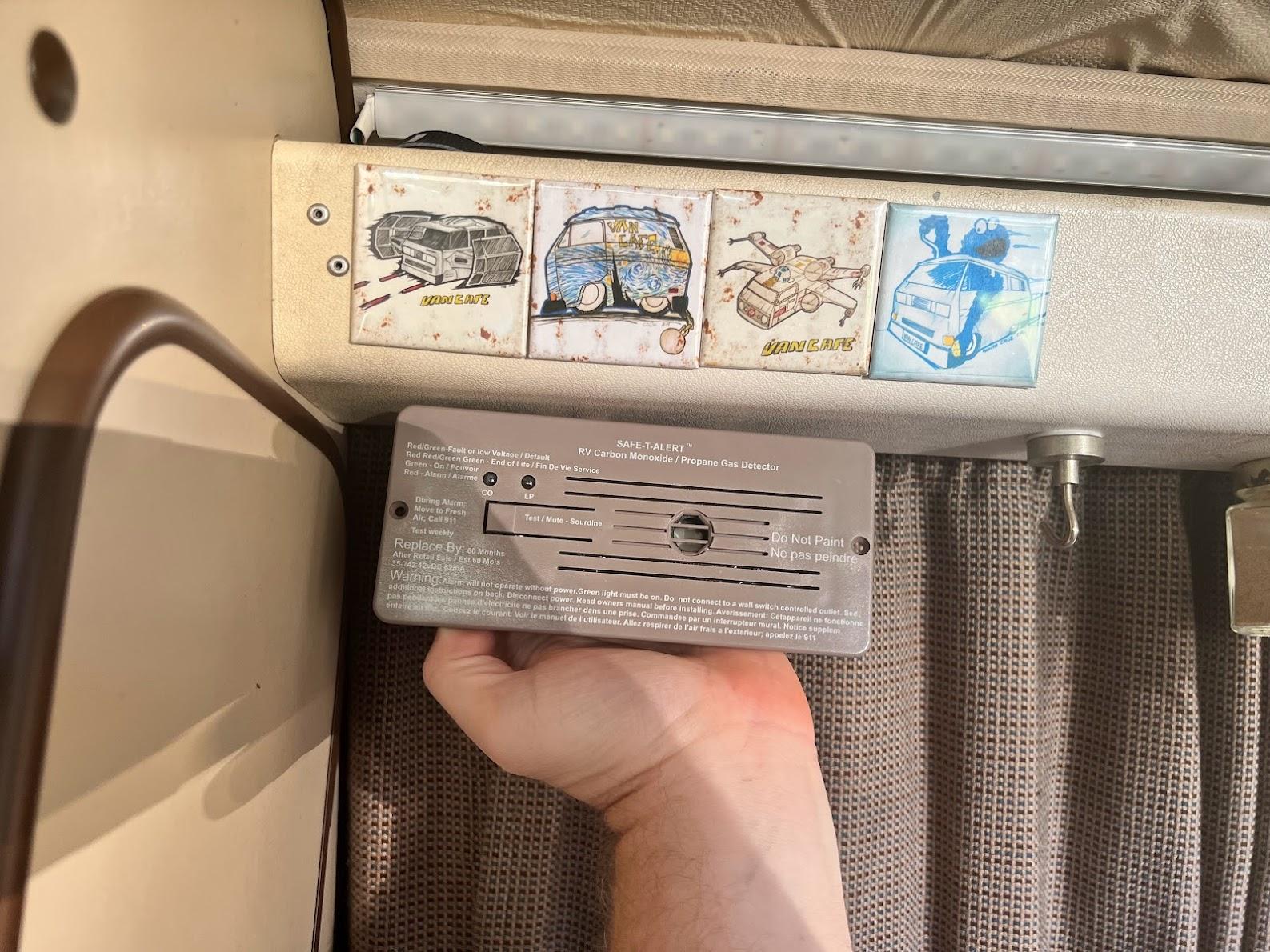
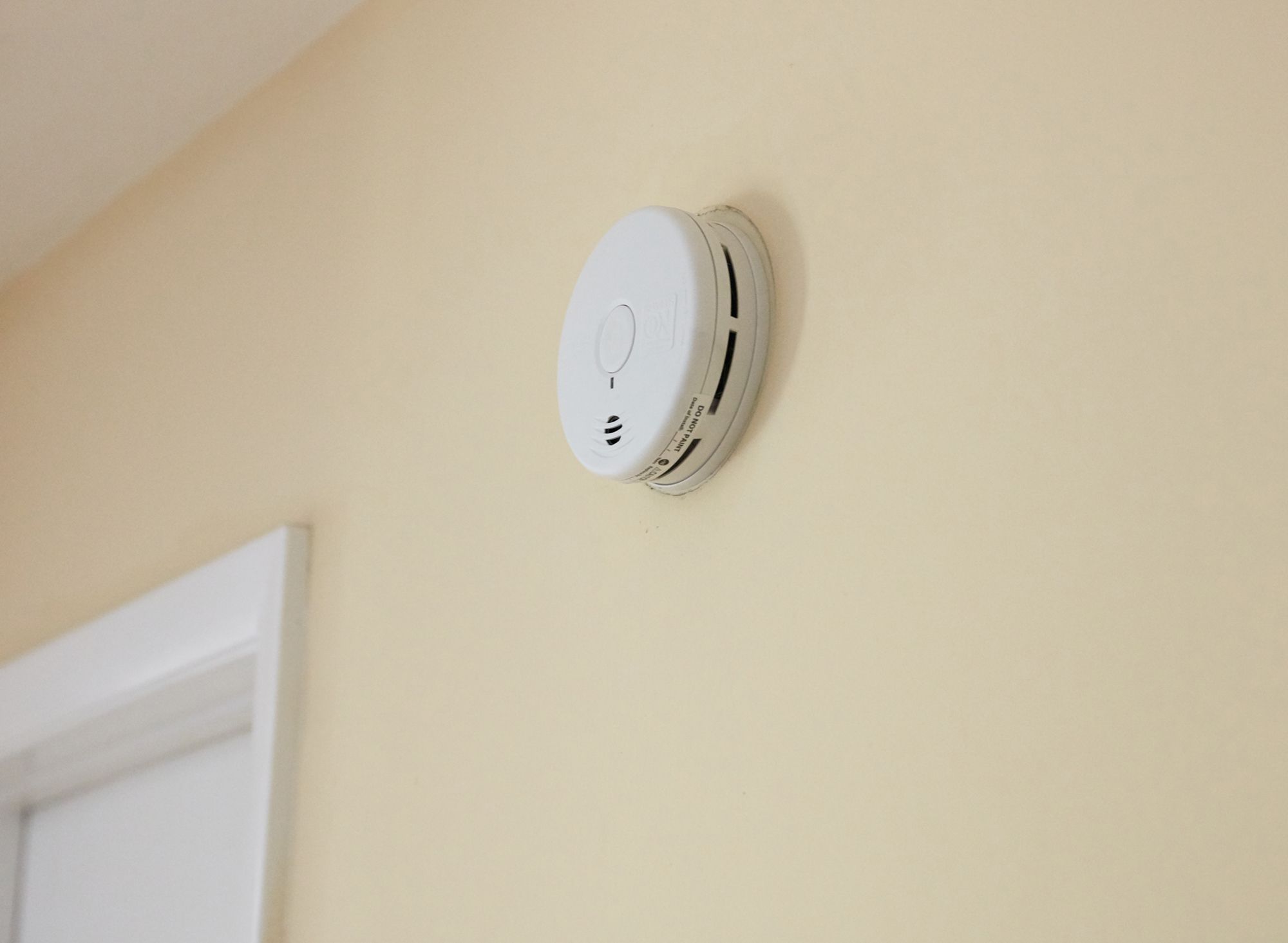
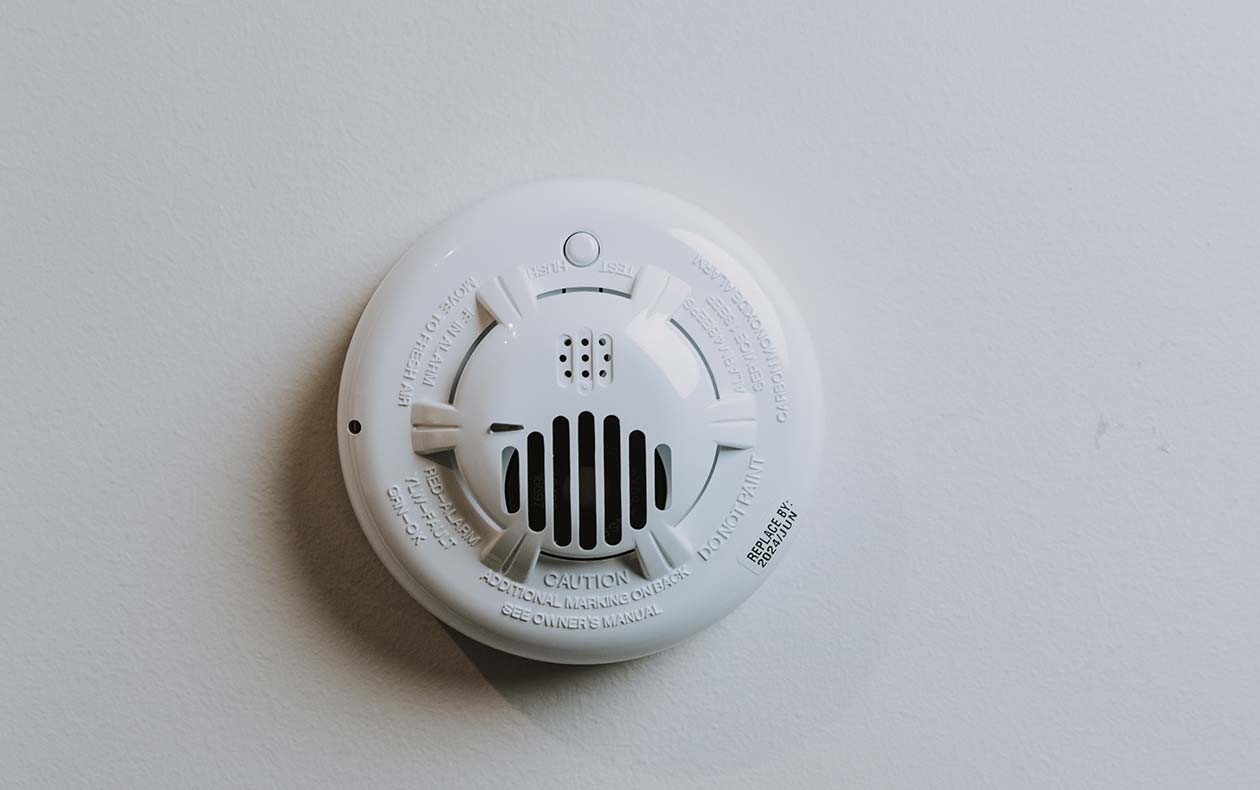
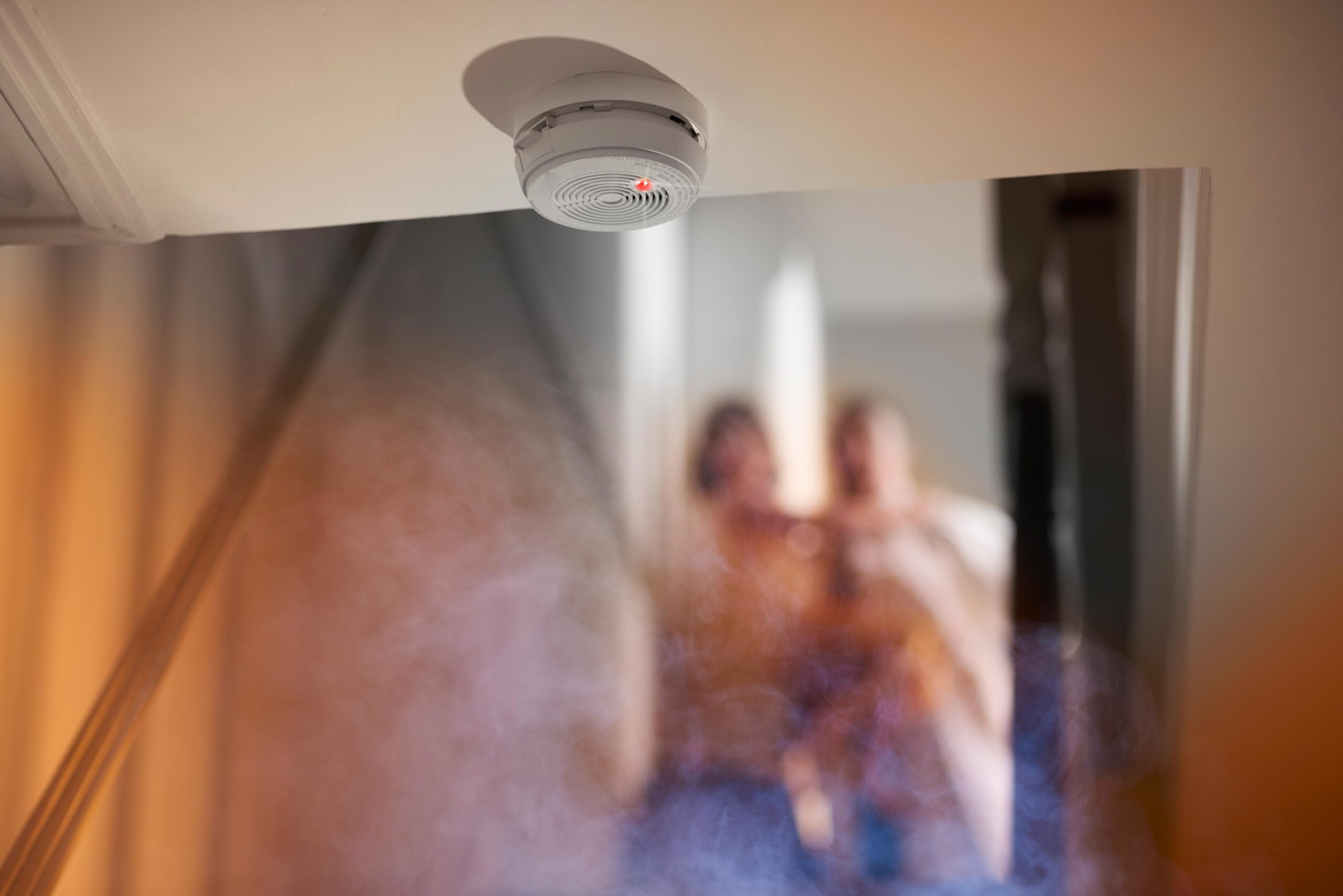
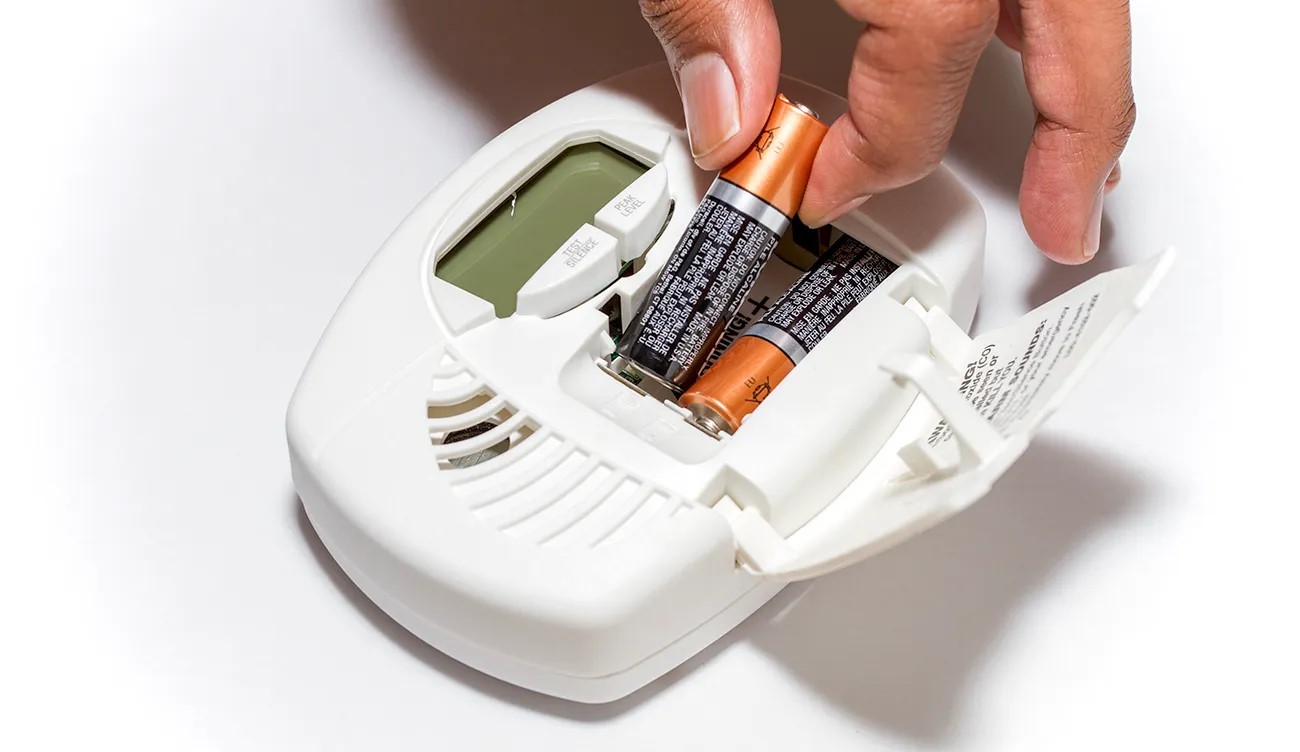
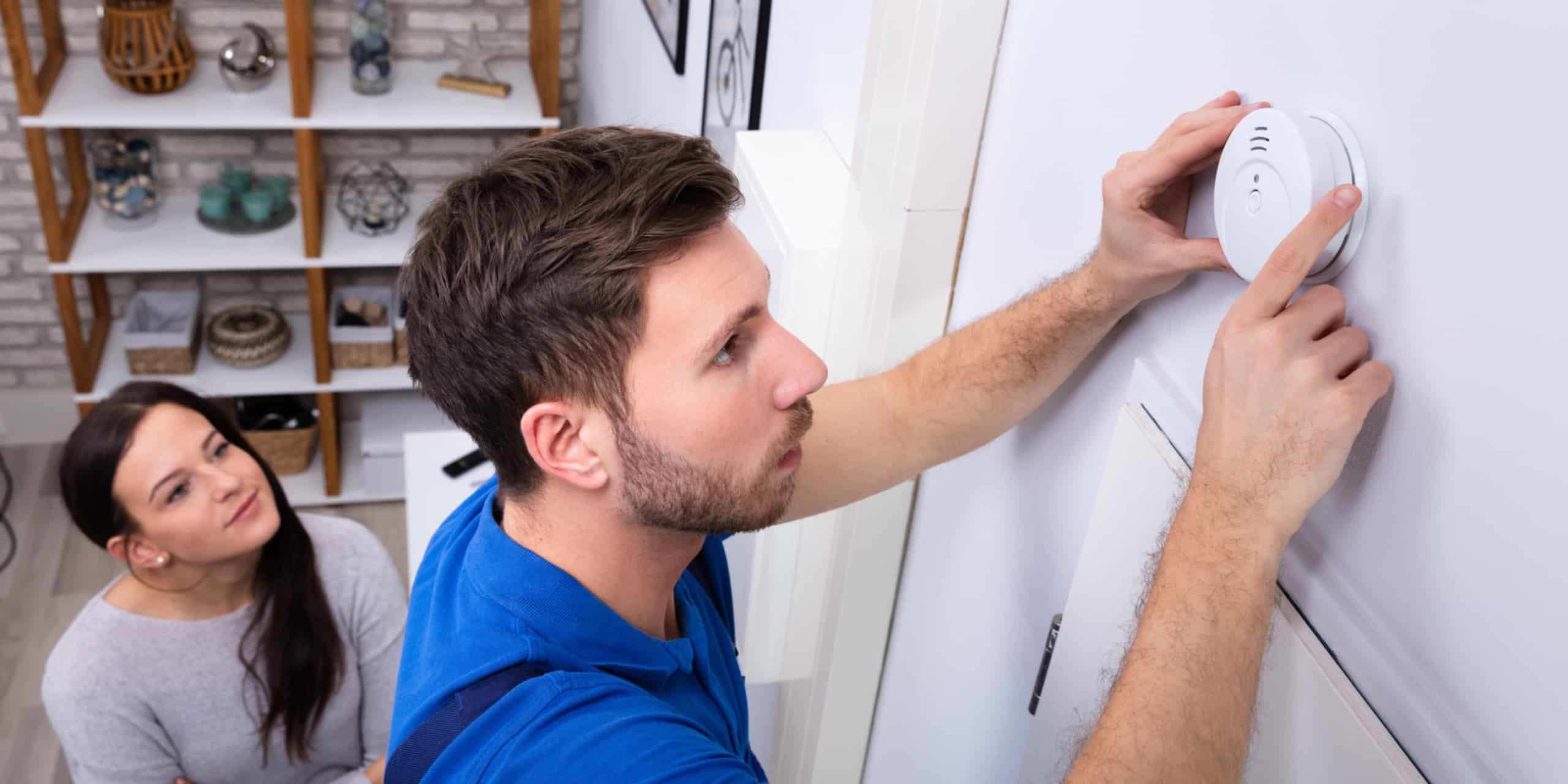
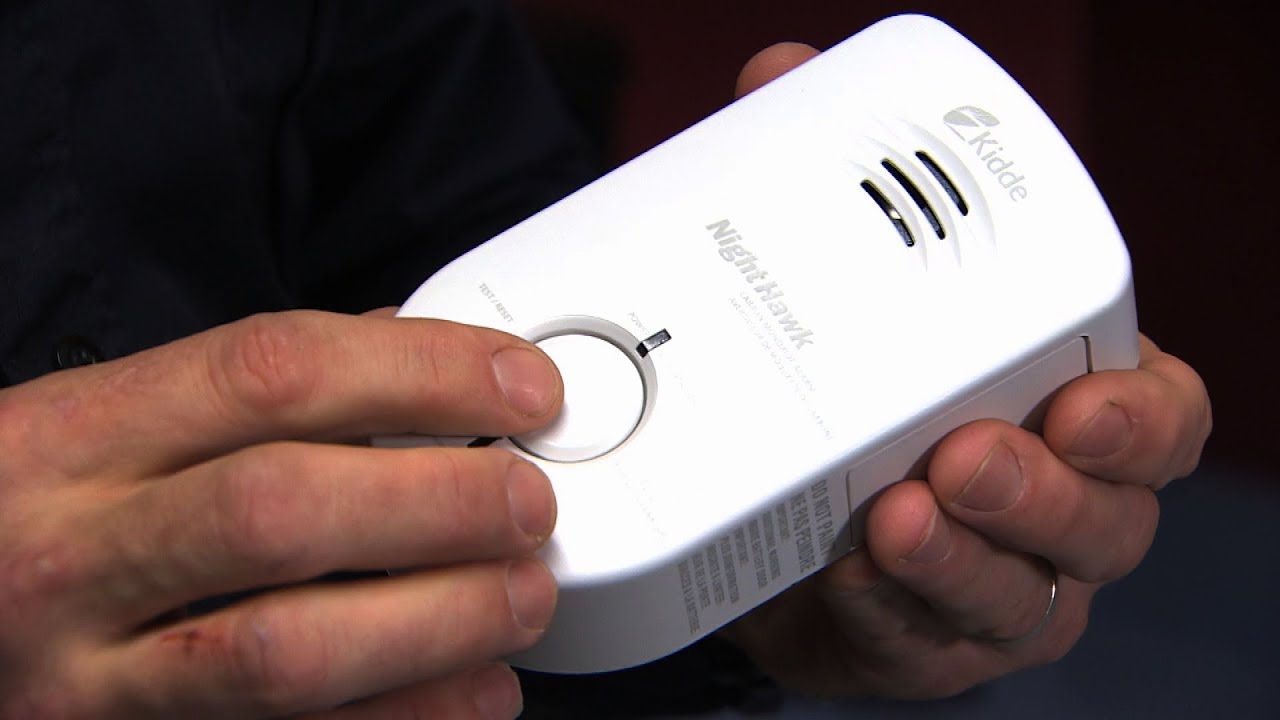
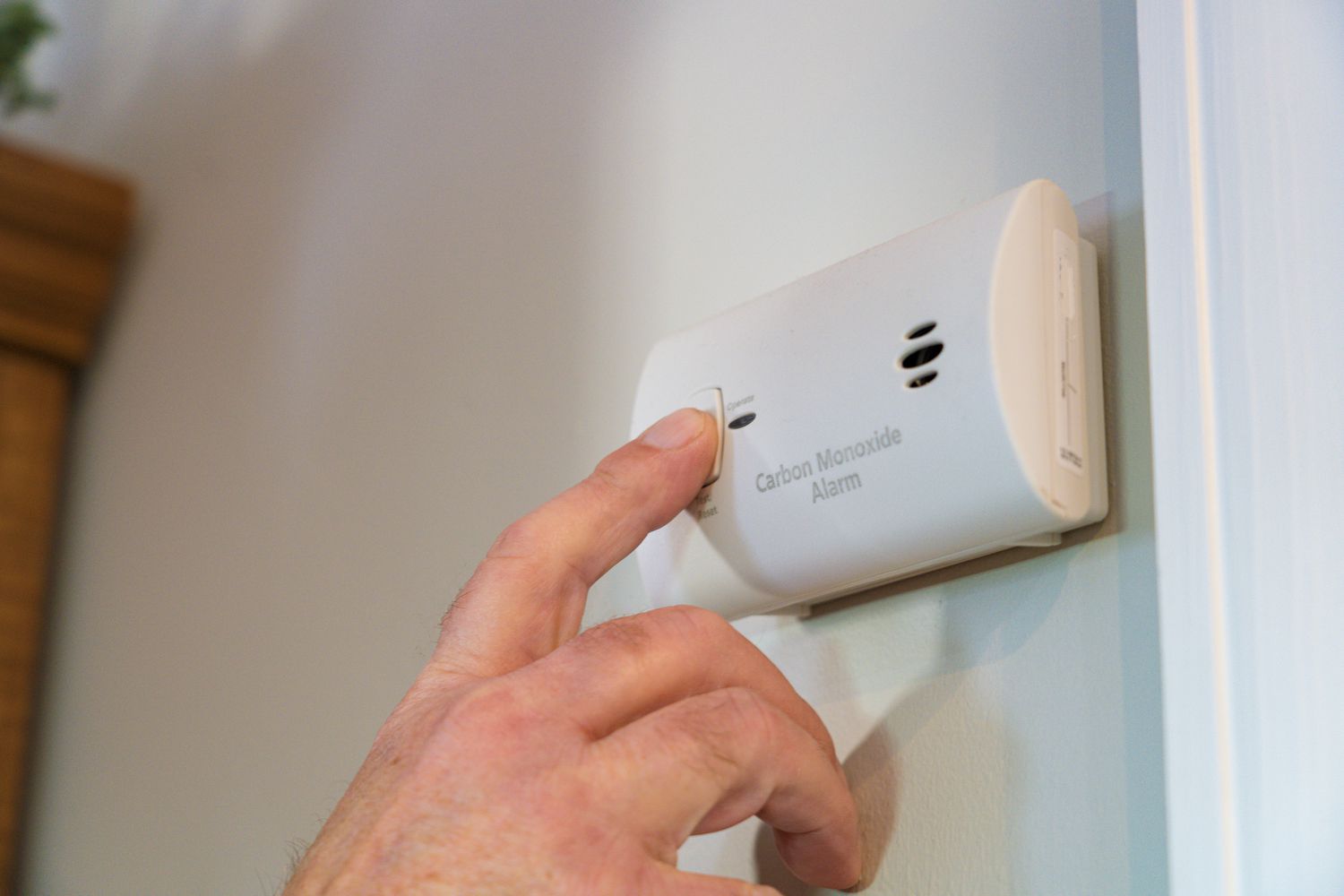
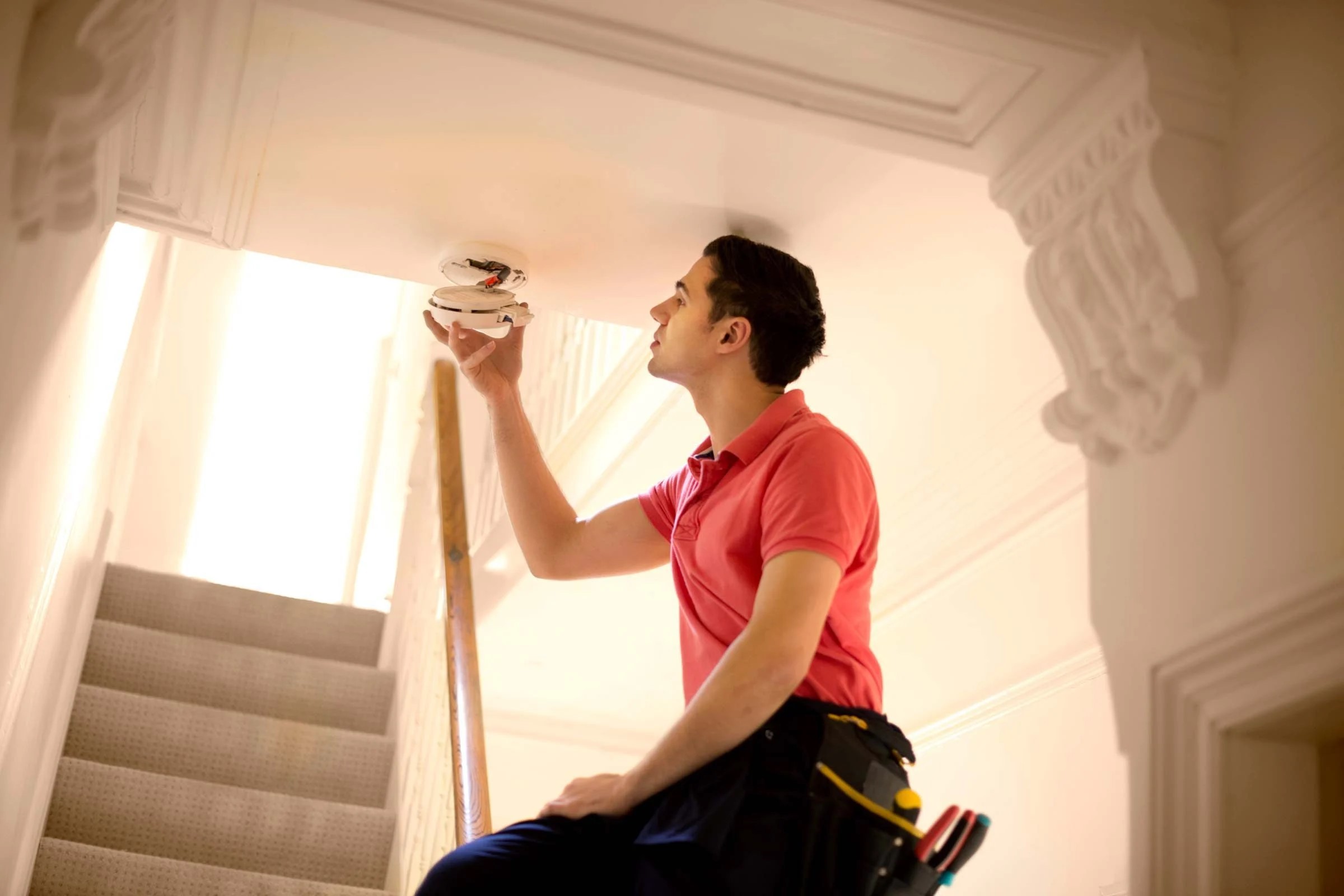
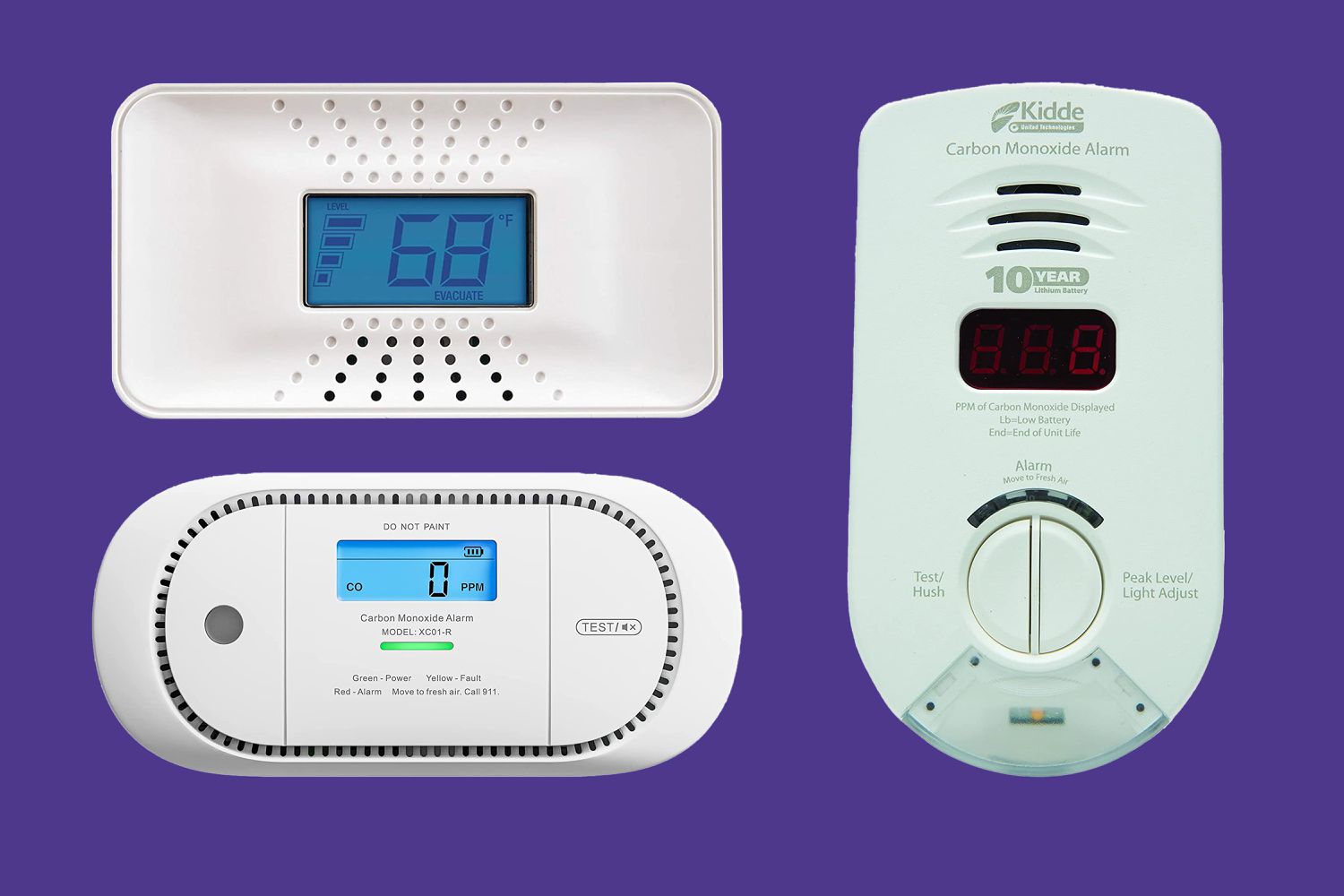
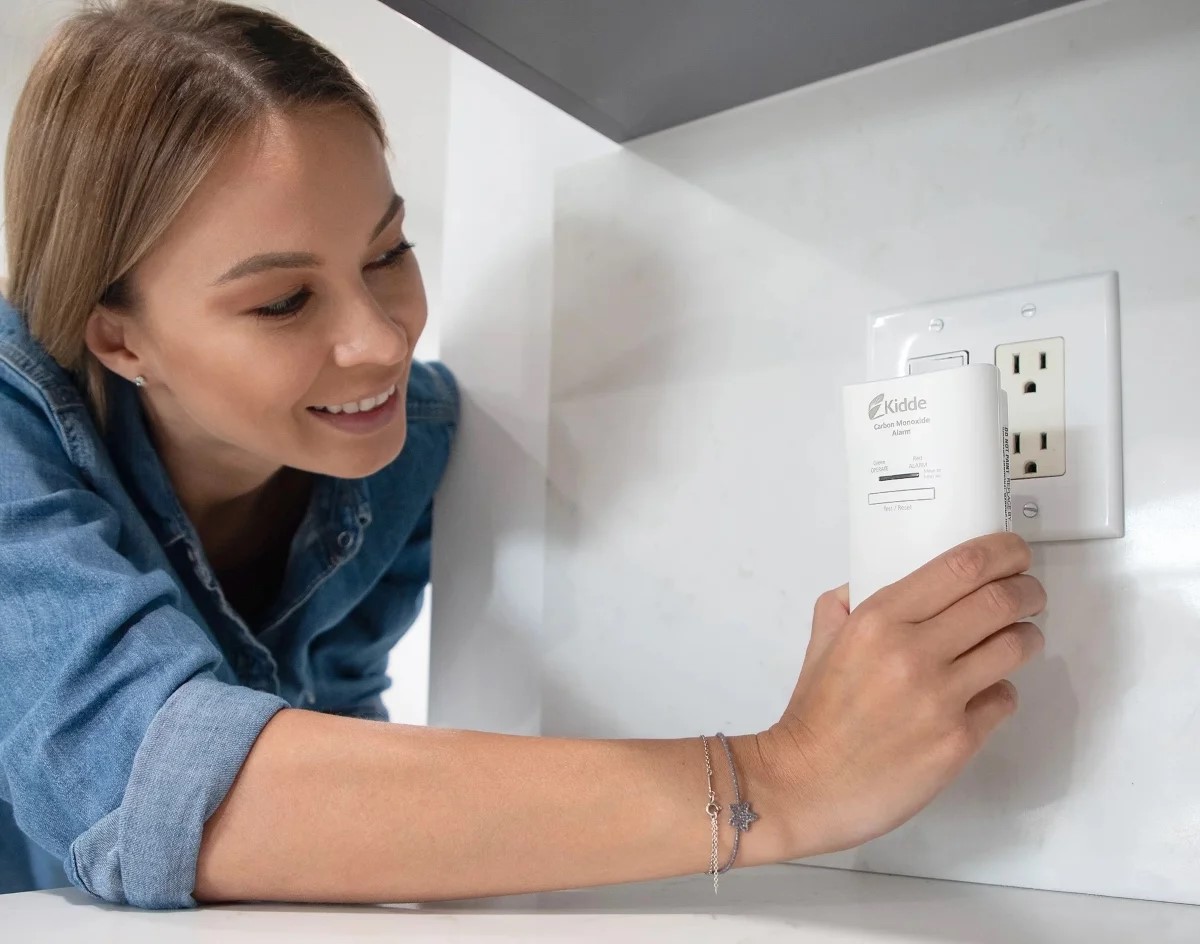
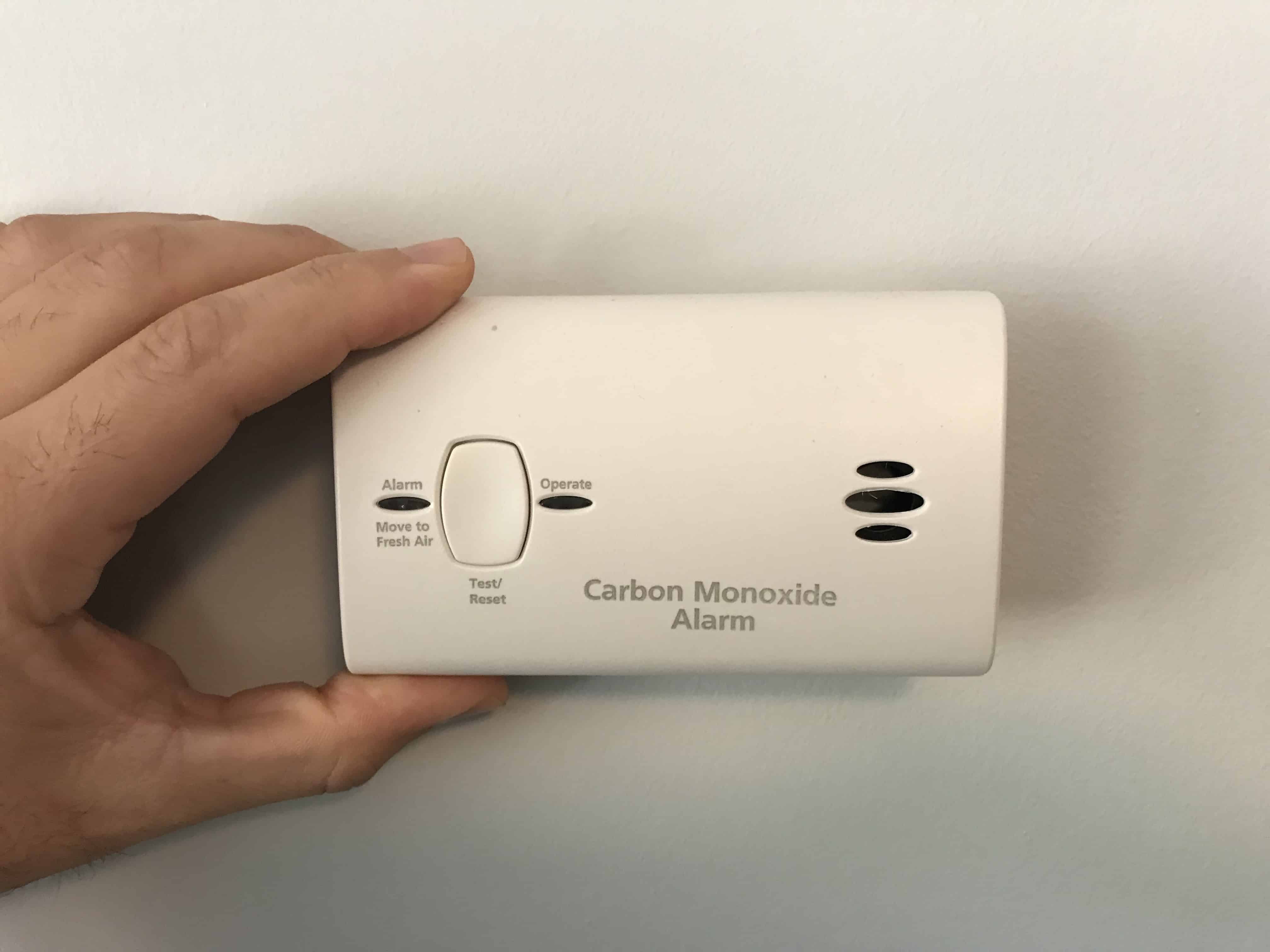
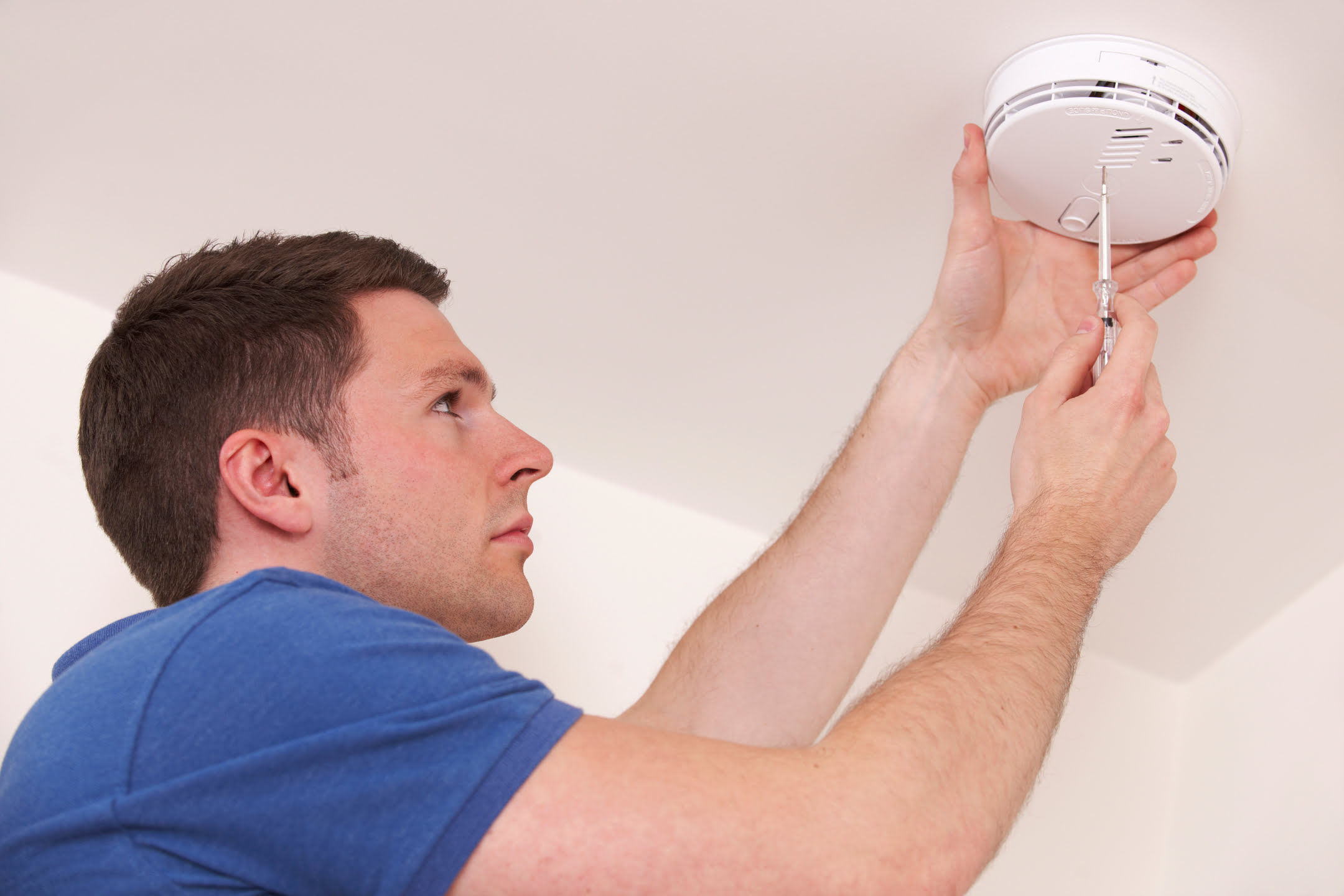
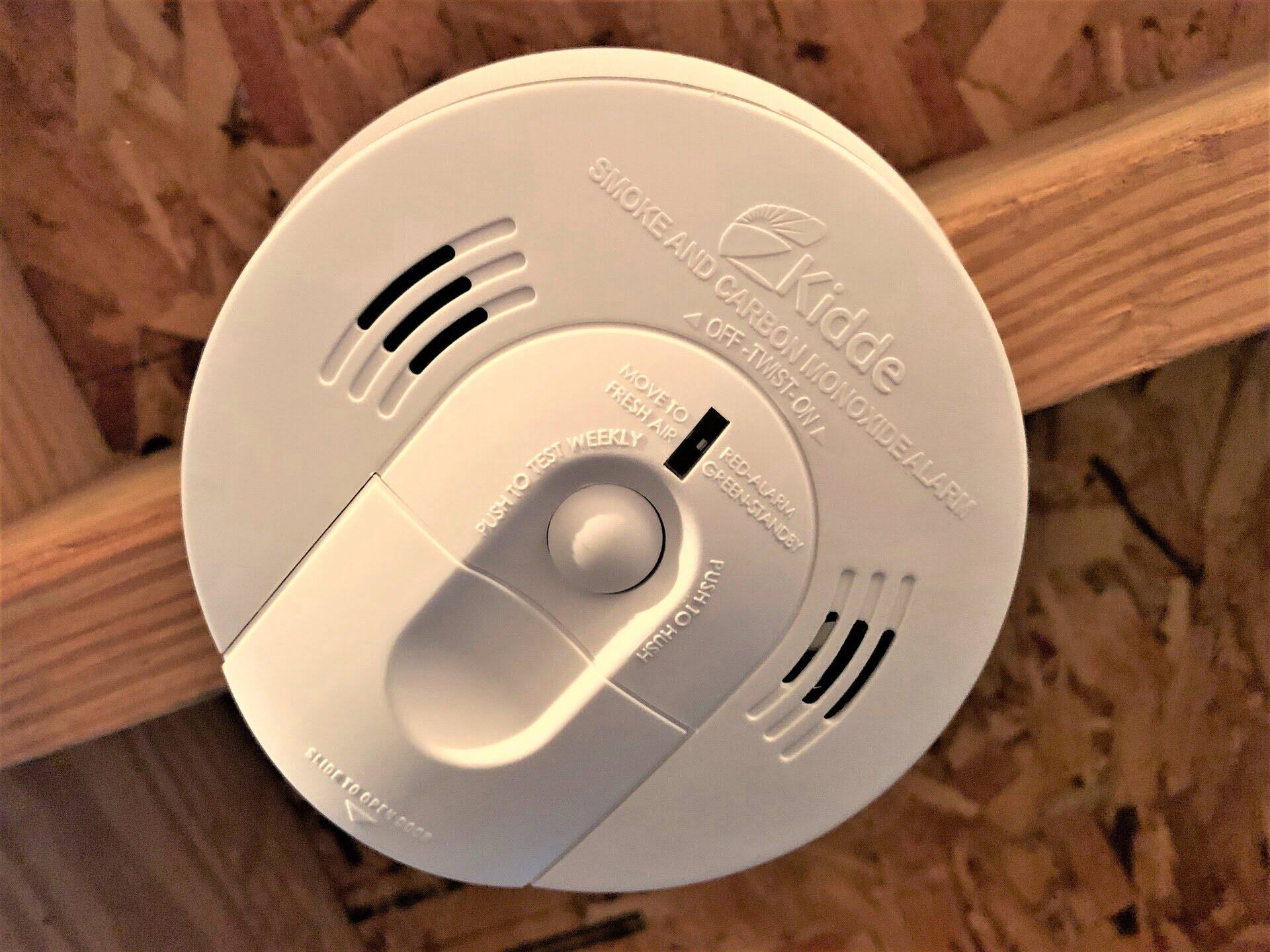

0 thoughts on “Where Should You Place A Carbon Monoxide Detector”